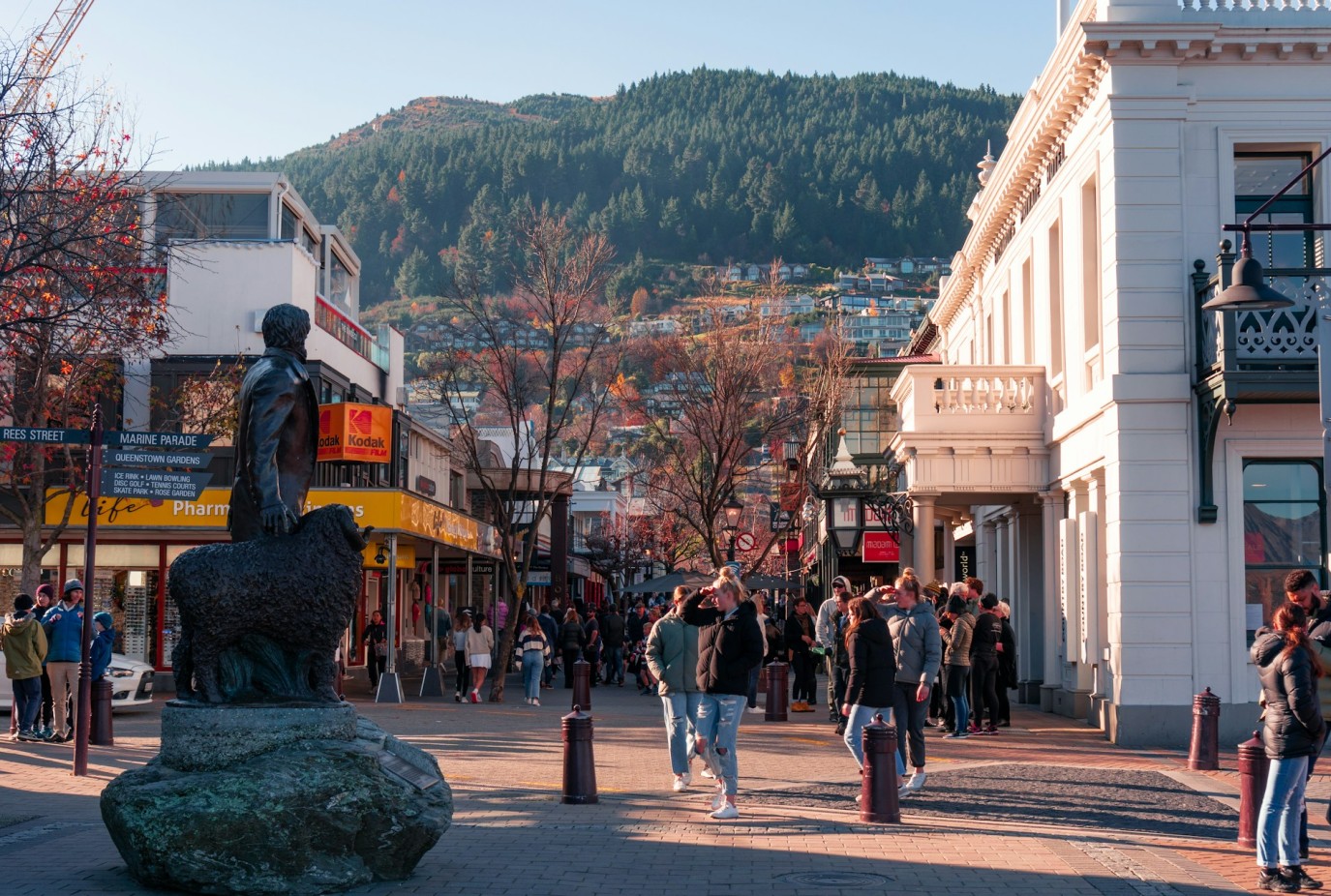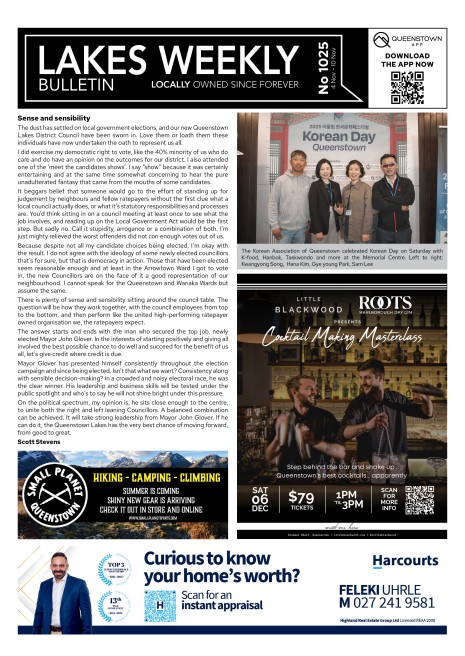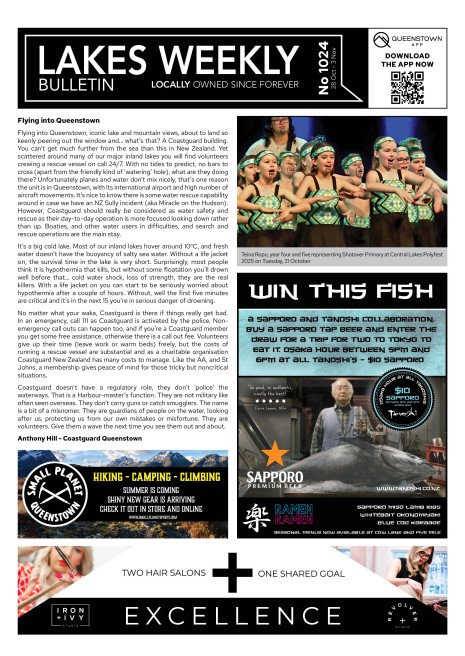Tourism numbers under the microscope

How many tourists should Queenstown Lakes welcome each year?
That's the question facing a team of researchers from Griffith University as they begin a project to create an 'optimal visitation model'.
They've been appointed by Destination Southern Lakes (DSL) Board, which manages the region's high profile Carbon Zero by 2030 destination management plan, which focuses on regenerative tourism.
The research team includes Professor James Higham, who was one of the academics who recently spoke out against plans for a massive new international airport in Tarras, Central Otago.
DSL Chair Murray Strong says understanding optimal visitation is ground-breaking work.
“At present, there are no comprehensive models that can guide and establish variables in relation to the social, cultural, environmental and economic limits of visitation levels," Strong says.
"Queenstown Lakes is a high growth district with an economy that is dominated by tourism. With a small resident population and high visitor numbers, understanding the implications of visitation is essential for making good decisions and achieving positive outcomes to meet the needs of the community."
Tourism remains the backbone of the Queenstown Lakes economy and contributes significantly to regional GDP. But, with rising rates and no local economic model to pass some of the costs of council infrastructure on to the tourists who use it too, there's been growing animosity locally towards the bums-on-seats mass tourism model.
About 230,000 passenger arrivals and departures (totalled) a month are expected through Queenstown Airport in July and August, and about 206,000 in September. That's a return to pre-Covid levels. Airlines have boosted capacity for winter, with 61 flights scheduled each Sunday. Even more will arrive by road.
Strong says visitors have a social, cultural and environmental impact on the district, as well as economic. The DSL board believes this project will build a model that helps to predict those impacts and understand the intersection between different elements.
"Visitation in the district needs to be analysed in conjunction with residential growth, community sentiment, worker experience, visitor experience, seasonal changes, environmental degradation/regeneration and cultural context.
"This project is integral to taking a ‘systems approach’ towards destination management and supporting sustainable economic growth."
The team of researchers will be led by globally recognised experts Professor Susanne Becken, Professor James Higham and Professor Oz Sahin, supported by FreshInfo’s Shane Vuletich.
Whilst the model is being developed specifically for the Queenstown Lakes district, the ambition of DSL is to produce a prototype that can ultimately be shared with other destinations across New Zealand, and around the world, to support regenerative tourism ambition.
Queenstown Lakes District Council has managed the procurement process on behalf of DSL, and alongside the district’s regional tourism organisations Destination Queenstown and Lake Wānaka Tourism, will be part of the steering group overseeing the project.
The steering group has coordinated a project team to lead this with work commencing in July.









